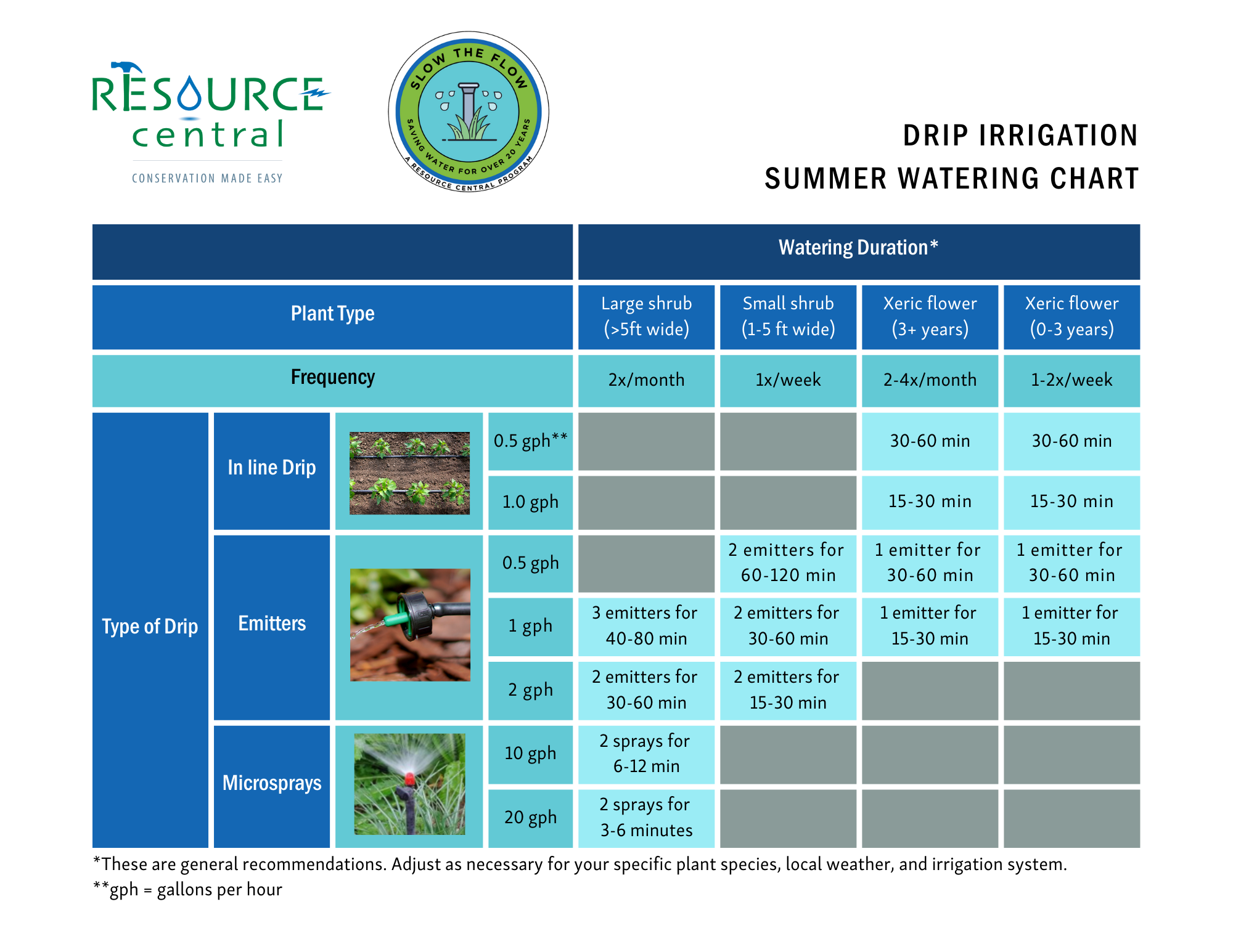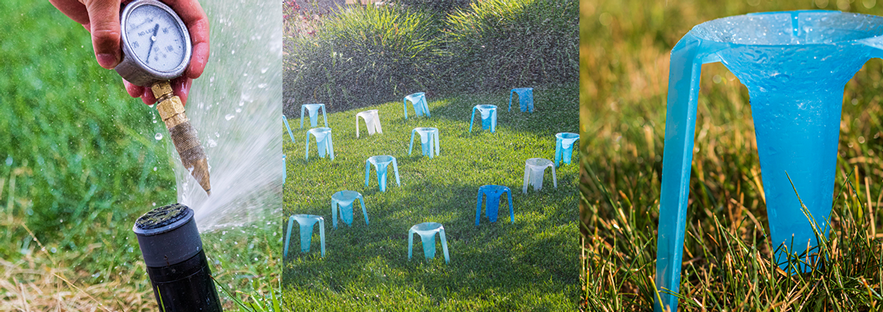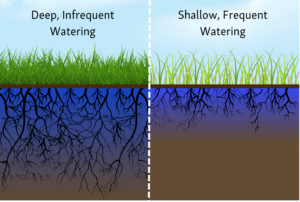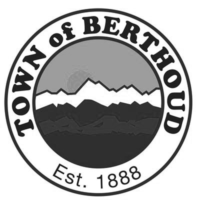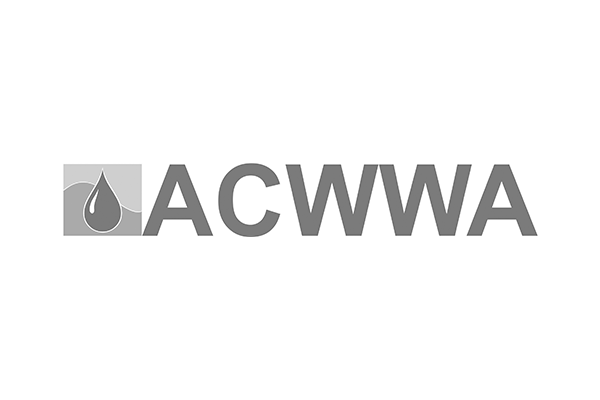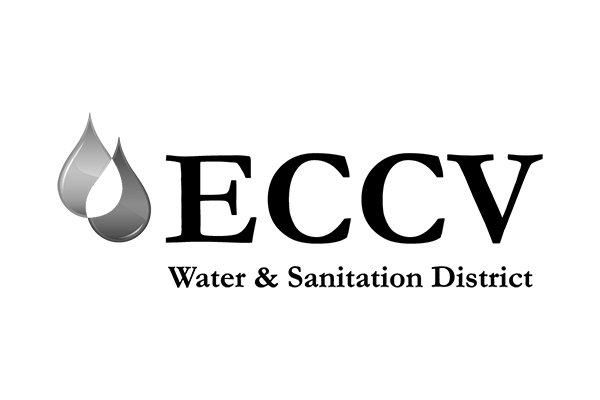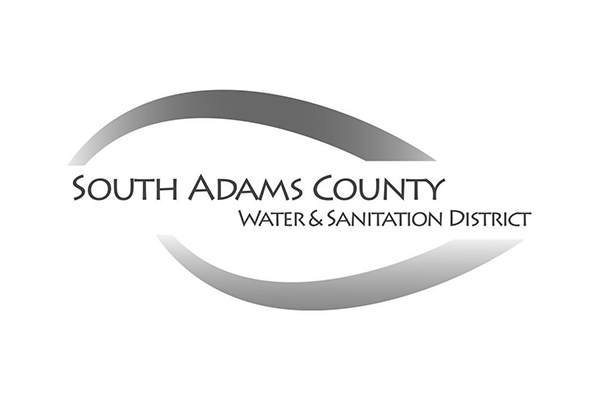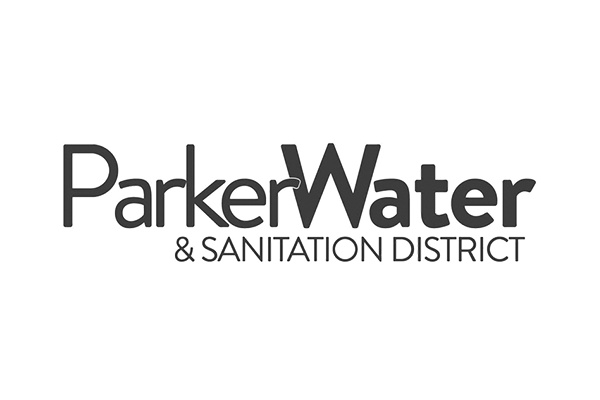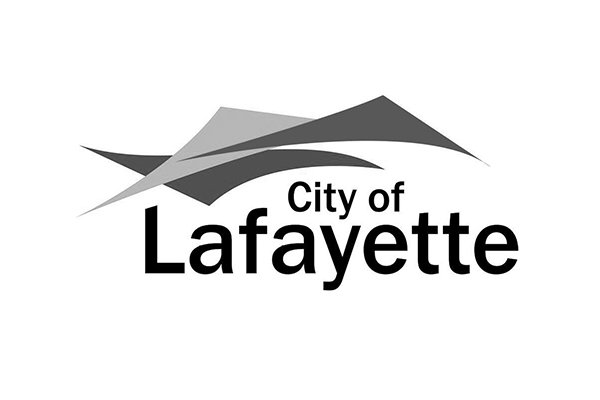Irrigation Scheduling Information
If you’re looking to learn how to program your sprinkler control clock- look no further! We’re here to help you understand how to program an efficient watering schedule.
Essential pieces
 To create a watering schedule through your sprinkler control clock, you need to program 3 essential pieces:
To create a watering schedule through your sprinkler control clock, you need to program 3 essential pieces:
- The days that you want your sprinkler system to water your yard.
- The run times, which is the length of time you want each zone to be watered.
- The start time(s) that you want your sprinkler system to begin watering.
If your schedule is missing any of these parts, your sprinkler system will not turn on. Click on the sections below to learn more about each part of the watering schedule.

Most control clocks allow you to choose from a few different options for days to water.* Options often include watering:
-
- On specific days (for example, on Mondays, Wednesdays, and Fridays)
- On even days (meaning on the 2nd, 4th, 6th, etc. days of the month)
- On odd days (meaning on the 1st, 3rd, 5th, etc. days of the month)
- At specific intervals (for example, watering every 3 days)
The number of days per week that you need to water your yard varies based on weather, sun exposure, plant type, and many other factors. In most cases, you should water turf grass 1-2 days per week in Spring and Fall and 3 days per week in Summer. Some water providers set limits on how many days or which days customers can water their lawns, so check your water provider’s website to understand your regulations.
*These are general recommendations for watering days. The specific needs of your yard may differ.

The run time* is the length of time that you water a zone. Run times vary based on characteristics of each zone such as:
-
- Head and nozzle type
- Distance between heads
- Water pressure
- Water flow rate
- Sun exposure
- Plant type
You likely do not know all of this information, so it’s okay to estimate how long to run a zone for based on what you do know. Generally speaking, turf grass needs about 1/2 inch of water each day that you water. Most sprinkler brands have a guide that gives you information about their products, including how many inches of water their sprinkler models emit per hour. So, if you can determine what sprinkler type and brand you have, you can calculate how long you need to water to reach that 1/2 inch amount.
Periodically check on the condition of the grass and other plants in your yard and adjust your run times as needed.
If your water provider partners with Resource Central for our Slow the Flow program, you can sign up for an evaluation, during which, we can calculate how long you need to water!
*These are general recommendations for watering run times and turf grass watering needs. The specific needs of your yard may differ.
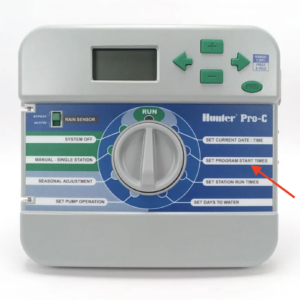 The start time* is when your sprinkler system will begin watering. On most control clocks, the start time refers to the entire cycle, NOT a specific zone.** In other words, you do not need to program a separate start time for each zone.
The start time* is when your sprinkler system will begin watering. On most control clocks, the start time refers to the entire cycle, NOT a specific zone.** In other words, you do not need to program a separate start time for each zone.
Let’s say, for example, that you have a start time of 5:00AM and you have 5 zones that all run 20 minutes each. The program will start watering the zones in order starting at 5:00AM. So zone 1 will turn on at 5:00AM and will shut off at 5:20AM. Zone 2 will turn on at 5:20AM and will shut off at 5:40AM, and so on.
We recommend using a Cycle and Soak method for zones that water turf grass, which means programming multiple start times (cycles). To learn more about this, see “The Cycle and Soak Method” section.
So when is the best time to water? Many water providers have restrictions that customers cannot water in the middle of the day due to the hotter temperatures. With this in mind, we recommend watering either late at night or early in the morning. Between 3:00AM to 7:00AM is ideal because typically, the air is cool, wind is low, and water pressure is higher.
*These are general recommendations for watering start times. The specific needs of your yard and may differ. Check with your water provider for any watering time restrictions.
**A few sprinkler some clocks do require a start time for individual zones. We suggest consulting the user manual for your clock if you are not sure whether your clock requires this or not.
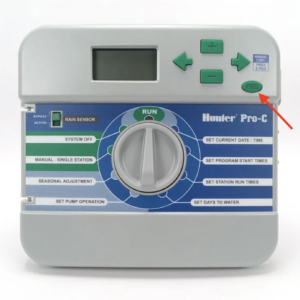 So you may be wondering, why does my control clock have the option to run multiple programs? You want to use different programs if parts of your yard have different watering needs. For example, you may want to water your veggie garden daily, your grass 3 times per week, and your shrubs once a week. In this scenario, you could set up your veggie garden schedule on Program A, your grass on Program B, and your shrubs on Program C.
So you may be wondering, why does my control clock have the option to run multiple programs? You want to use different programs if parts of your yard have different watering needs. For example, you may want to water your veggie garden daily, your grass 3 times per week, and your shrubs once a week. In this scenario, you could set up your veggie garden schedule on Program A, your grass on Program B, and your shrubs on Program C.
Make sure that the days and start times on each program do not overlap. For example, if your system stops watering your grass zones at 6:30AM on Mondays, Wednesdays, and Fridays, make sure your veggie garden start time is no earlier than 6:30AM. Otherwise, your system won’t water it!

Smart controllers help take out the manual work of adjusting your watering based on the weather and season. They use Wi-Fi to collect local weather data and adjust your watering schedule accordingly. Therefore, many smart controllers don’t water on a set schedule like a traditional sprinkler control clock. If you have a smart controller, we suggest to enable the following options if your controller has them to maximize water savings:
-
- Smart cycling feature
- Rain, wind, and freeze delay
- Maximum of 3 watering days per week
Best Practices
One of our top recommendations to water efficiently is to use the Cycle and Soak method on your turf grass zones. With Cycle and Soak, you water a zone for a short period of time, allow the water to soak, and then repeat this cycle one or two more times.
Colorado has very dense, clay soil, which absorbs water very slowly. Using this method gives water more time to absorb into the soil. This reduces pooling, runoff, and evaporation. It also allows the water to penetrate deeper into the soil. This helps grass roots to grow deeper, keeping your lawn healthier and more resilient against heat, drought, disease, and pests.
So, as an example, let’s say you have 4 zones that need to run for a total of 15 minutes each. Instead of just running the zones for 15 minutes straight, break the run times into 3 cycles of 5 minutes each. To program this into your control clock, you just need to set 3 start times:
-
- Start time #1: 4:00AM, program a run time of 5 minutes each for zones 1-4
- Start time #2: 4:30AM, program a run time of 5 minutes each for zones 1-4
- Start time #3: 5:00AM, program a run time of 5 minutes each for zones 1-4
 Remember to leave enough time in between your cycles so that there is no overlap. In the example above, a full cycle takes 20 minutes (4 zones run back to back for 5 minutes each), which is why the start times are 30 minutes apart. Keep in mind that if you change a zone’s run time, you’re changing the cycle time, not the total time.
Remember to leave enough time in between your cycles so that there is no overlap. In the example above, a full cycle takes 20 minutes (4 zones run back to back for 5 minutes each), which is why the start times are 30 minutes apart. Keep in mind that if you change a zone’s run time, you’re changing the cycle time, not the total time.
Cycle and Soak only needs to be used for zones that water turf grass. Drip irrigation has a much lower precipitation rate, so drip zones do not need multiple cycles.
For established lawns, you should water deep on the days you do water, and let your yard dry out on days in-between. You want to aim for roughly 1/2″ of water for each zone of grass.* As mentioned, using Cycle and Soak helps promote deeper watering and deeper root growth, while limiting runoff and water waste. This creates a healthier lawn, helps prevent soil compaction, and promotes more uniform growth throughout your zone.
Allowing your lawn to then dry out between waterings reduces the risk of mildew, fungus, and unwanted pests. It also helps oxygen re-enter the soil, so that grass roots don’t suffocate.
In most cases, water your grass no more than 3 days per week. When there is a heavy rainstorm, you can skip a watering, but if there is only a drizzle, we suggest that you follow your usual watering schedule.
*Factors such as sun exposure, slope, an presence or absence of trees affect the exact amount of water each grass zone needs, though the normal range is 1/4 to 3/4″ of water.
Drip irrigation is a much more efficient way to water non-turf areas such as shrubs, flowers, ornamental grasses, and vegetables. These types of plants have very different watering needs than turf, so it’s best to water any drip zones on a separate program in your control clock. For more information on how to set the schedule for different programs, see the “Watering Programs” tab above!
All plants along the same drip line will be watered for the same amount of time. So, in cases where you have different plant types on the same drip line, you will need to choose an appropriate type of drip with an appropriate flow rate for each individual plant. Below is a reference chart with information to help you determine the right watering method and schedule for your plants!
